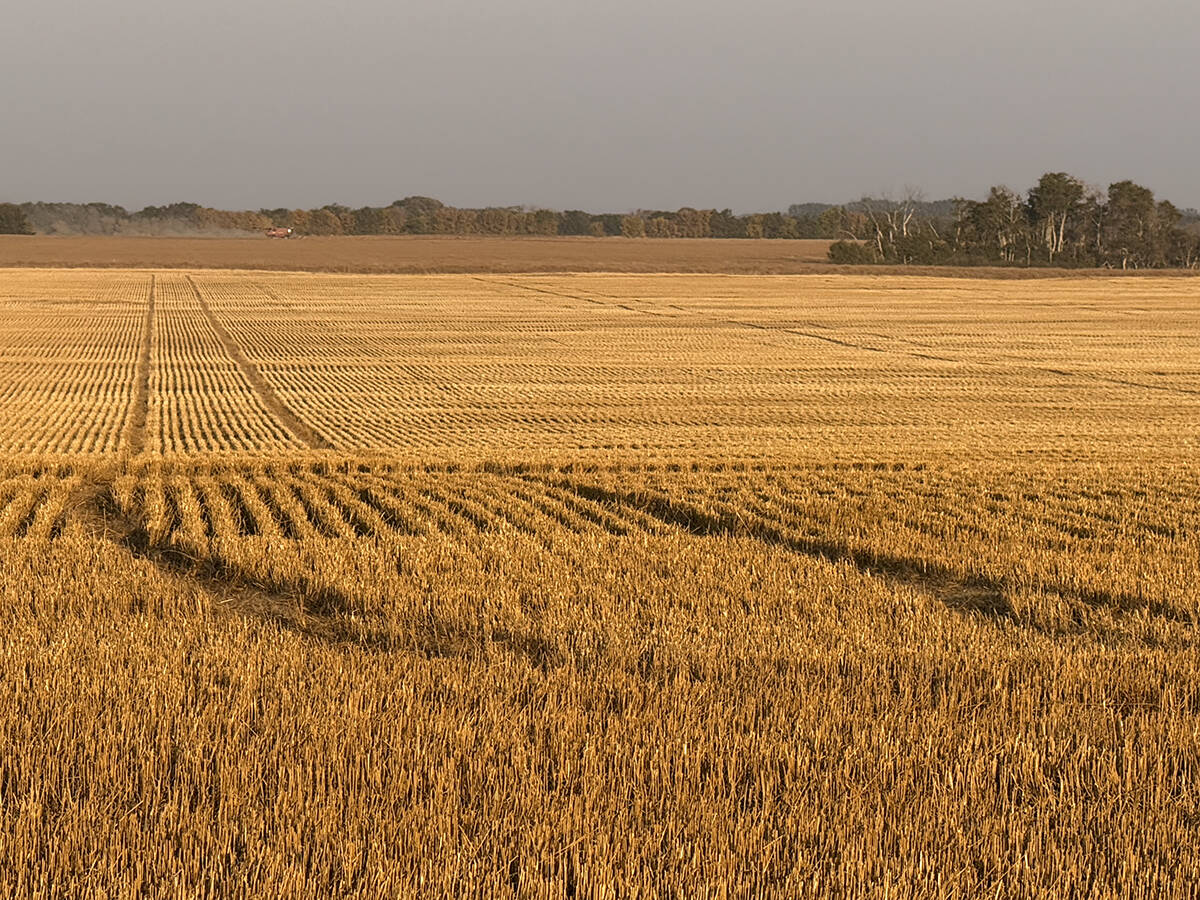He listened to exporters, maltsters, brewers and scientists wring their hands over the future of Canada’s second-largest crop.
Then, Joe Homenuk took the microphone and spit out the bottom line.
“As a farmer, we sort of end up at the bottom of the scale, economically,” said Homenuk, from Hudson Bay, Sask.
He questioned why farmers would grow malting barley when it fetches the same price as feed.
It was a simple observation that elicited a wave of nervous laughter at the Canadian Barley Symposium held here last week.
Read Also

Final crop reports show strong yields, quality
Crops yielded above average across the Prairies this year, and quality is generally average to above-average.
Later on, speaker Bob McCallister, a farmer from Portage la Prairie, Man., echoed the sentiments: “In our area … I believe the barley industry is already in a collapse mode.”
Fusarium head blight, weak straw, poor yields, higher freight costs and grading issues have all contributed to making farmers think twice about planting malting barley varieties, said McCallister.
Farmers who have tried growing new varieties complain maltsters don’t want to buy them, said Clifton Foster of the Alberta Barley Commission. He said the industry must condition its customers to accept change.
“We’ve got to get off our laurels. We’ve been on them far too long,” he said.
A University of Manitoba economist told the conference he thinks barley volumes will stay flat.
“Barley isn’t going to be a booming crop over the next 10 years,” said Brian Oleson. In the past, farmers have planted malting barley varieties in hopes of reaching “the pot of gold at the end of the rainbow” in the form of the malting premium, he said. But with projected premiums of $3 to $30 per tonne over feed barley, he thinks more farmers will look at feed varieties.
In some years, Canada will become a net importer of barley, he said, as feed barley exports taper off into small niche markets, and domestic demand from the livestock sector picks up.
This year, about 50,000 tonnes of barley will move into Alberta from northern U.S. states.
Moving between being a net exporter and net importer of barley will create wide price fluctuations, said Oleson, and may affect how feed users get their sources in the future.
The Canadian Wheat Board anticipates the spread between malting and feed barleys will widen toward more normal levels in the 1999-2000 crop year, said senior marketing manager Bob Cuthbert.
Cuthbert said world malt and malting barley demand was hurt this year because of the global financial crisis. Then prices were pushed extremely low by European subsidies.
Philip de Kemp, of the Malting Industry Association of Canada, said the subsidies have been “absolutely debilitating, horrendous for maltsters and farmers.”
He said maltsters know farmers need better varieties than outdated standards like Harrington. This year, his group will spend $300,000 promoting new varieties to export customers. They want to narrow the list of varieties, and are leaning toward Metcalfe, Lager and Stratus.
But de Kemp said expanded use of new varieties won’t happen unless domestic brewers switch to using them, too.
Xiang Yin, of Prairie Malt Ltd. in Biggar, Sask., explained maltsters are merely the agents between barley producers and the brewers who decide what varieties they want to use.
Peter Freeman, of Canada Malting in Calgary, warned the conference that the brewing and malting industries are very traditional and will stick to using their mature, proven technology.
The “huge quantum leap” that would be required to revolutionize the industry is unlikely to come from within because it would require a high level of research.
“The size and nature of our industry is not one where you get drama,” he said.
Brian Rossnagel, barley breeder at University of Saskatchewan, chided conference participants for their negativity. He said barley is still the second-largest crop in Canada, grown by 50,000 farmers on eight million acres, and that in itself is exciting and poses opportunities.














